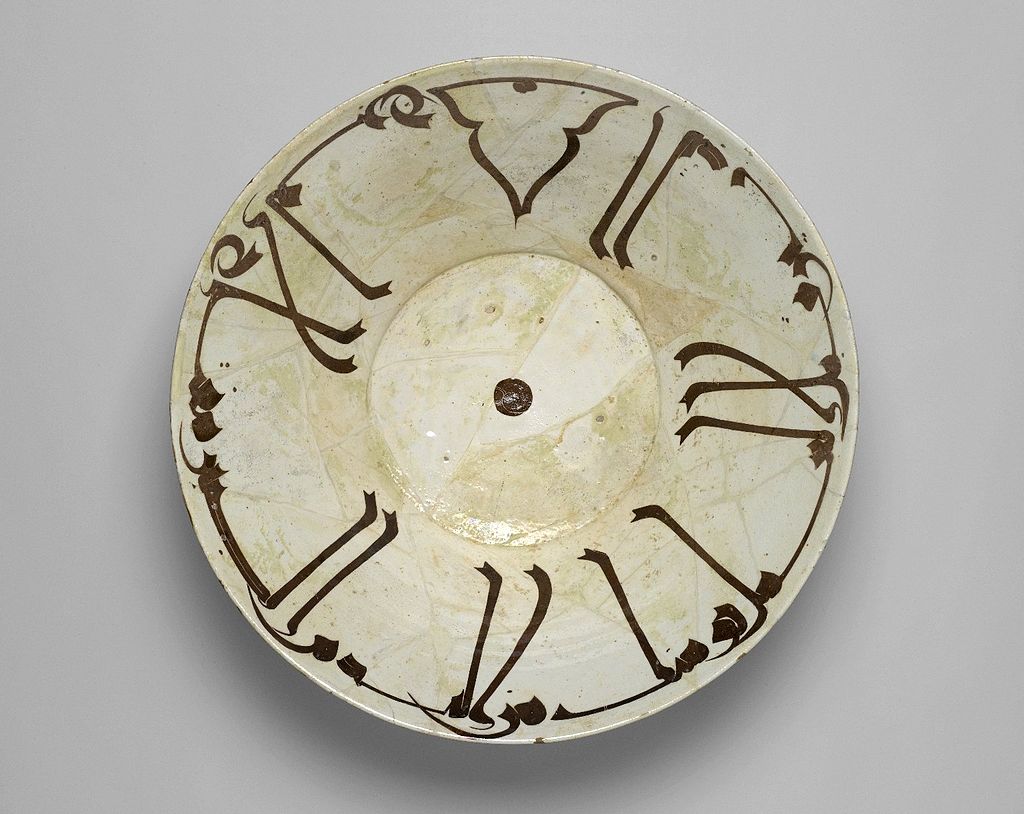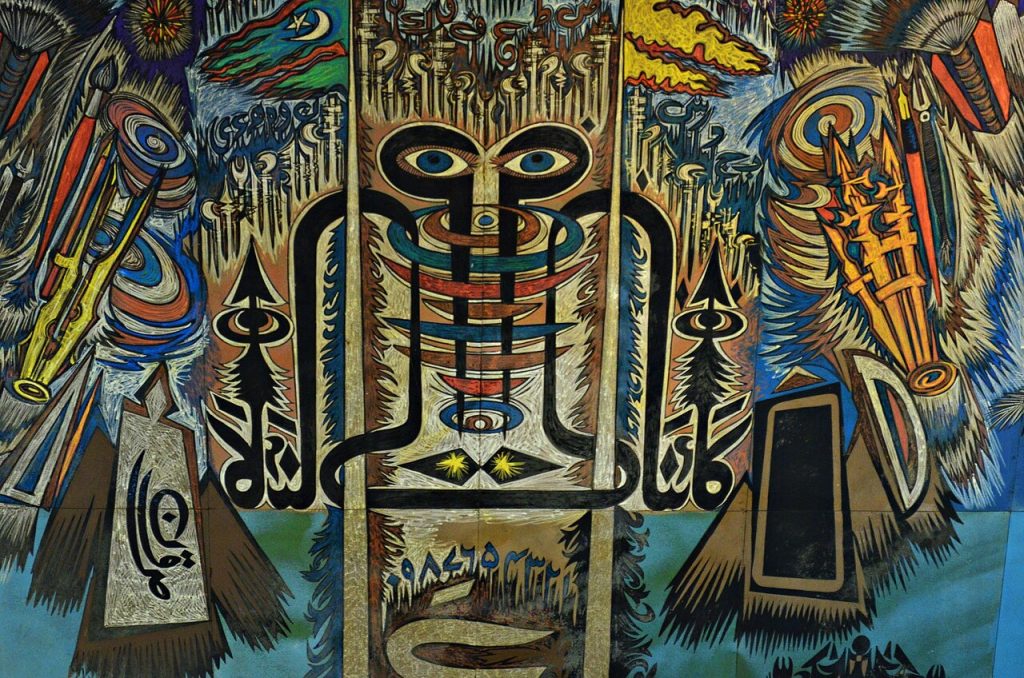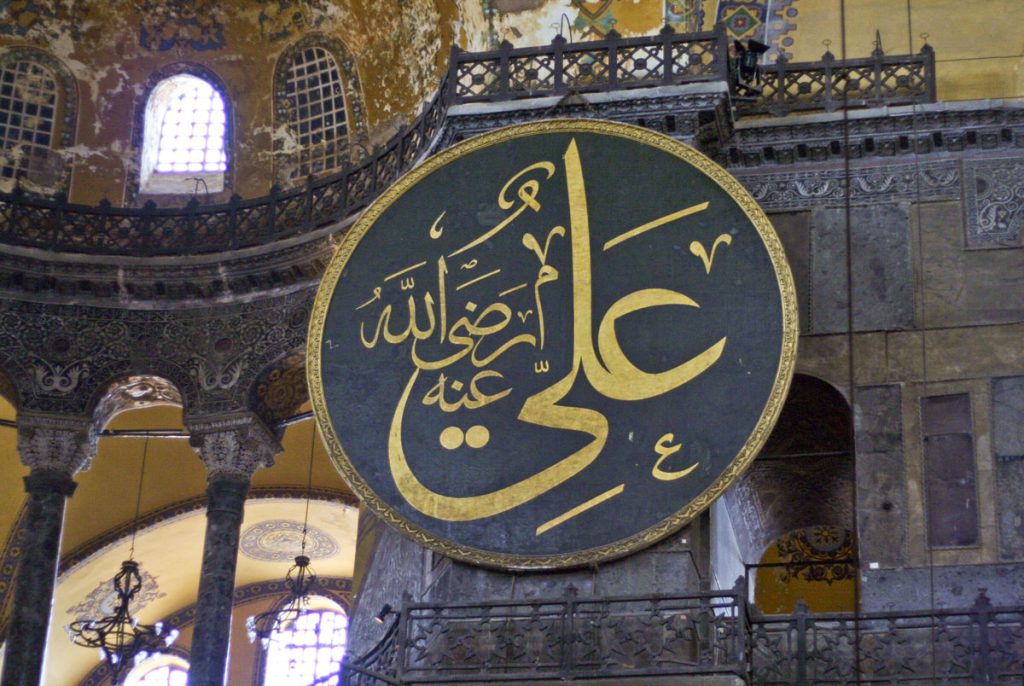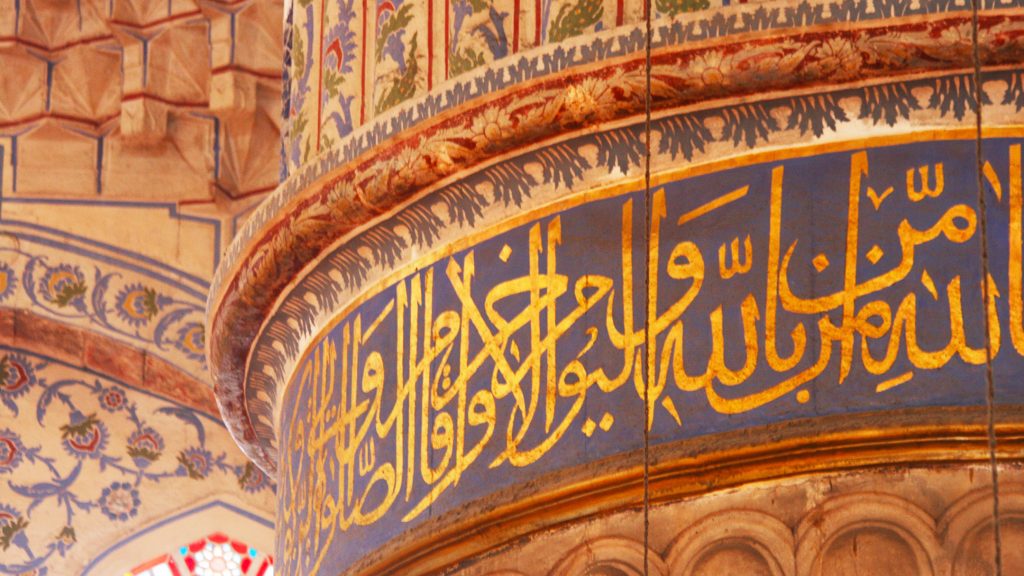Calligraphy illustration is a creative initiative that engages Arabic symbols, phrases, and hues. Modern and traditional calligraphers establish their designs on the holy passages of the Quran by reflecting on the meanings included within. Additionally, the prophet Mohammed’s sayings are called “hadith,” which is true of some historical ode.
Arabic calligraphy is a traditional art in which the alphabet is artistically expressed. Arabic calligraphy has long been an essential part of Islamic art and culture, and the script is highly appreciated for its aesthetic features. Arabic calligraphy is used to compose poetry and other materials, including Quranic verses.
Arabic calligraphy art design

Arabic calligraphy art is created by fusing artistic imagination with calligraphy’s aesthetic standards. One of the first fashions, Kufic, is distinguished by its geometric and angular shapes. The second script, Naskh, is cursive, easier to read, and frequently used for printing. Conversely, Thuluth is distinguished by its vertical and elongated forms and is commonly employed for monumental inscriptions. Diwani, frequently used for official documents, is renowned for its expressive and flowing style; Nastaliq is Known for its lyrical and interwoven style; this script is commonly employed in Persian and Urdu calligraphy.
Arabic calligraphy art design allows for classic and modern interpretations, serving as a medium for self-expression. Respecting the spirit and beauty of Arabic calligraphy, feel free to go beyond convention.
Arabic calligraphy wall art
Arabic calligraphy wall art is a well-liked and cultivated method to display the beauty of Arabic script in your home decor, whether you want to use calligraphic names or phrases to give a sense of cultural depth or Quranic verses to create a calming ambience.

Think about the Arabic calligraphy style that best fits your preferences and the atmosphere you wish to create. Because of their decorative and expressive properties, types like Thuluth and Diwani are frequently chosen. Ensure the look goes well with how your room is decorated overall. Wall art featuring Arabic calligraphy may give a touch of beauty and culture to any space, be it an office or a house. Arabic calligraphy’s adaptability offers you a wide range of design choices, regardless of your preference for a traditional or contemporary style.
Islamic Arabic calligraphy art
Islamic calligraphy’s development is closely linked to the Qur’an; the text’s chapters and verses serve as an ordinary, nearly universal foundation for Islamic calligraphy. While the Qur’an does not explicitly prohibit creative representations of humans and animals, Islamic literature has historically avoided idolatry by limiting the number of images.
Arabic calligraphy is a part of the Islamic calligraphy family, including Persian, Ottoman and Urdu calligraphy. Almost every material, including architecture, paper, ceramics, carpets, glass, jewellery, woodcarving, and metallurgy, has calligraphy on both religious and secular items. In addition to its aesthetic value, it frequently offers insightful details about the object it embellishes, like its purpose, manufacturer, patron, and the time and location of manufacture.
Arabic was used in Islamic calligraphy paintings but in a unique way. Traditional and modern calligraphy paintings express the idea of the Arabic language’s legacy. Generally speaking, traditional and contemporary calligraphy paintings display an intricate and distinct style of Islamic art.
It entails the deft and beautiful rendering of Arabic letters, frequently combining passages from other Islamic literature, the Quran, or Hadith (the sayings of the Prophet Muhammad).
Arabic Calligrapher and Islamic Culture

In Islamic culture, calligraphers are the most respected artists. Calligraphy was taught from master to pupil, frequently within the same family. To obtain a formal licence and become a master calligrapher, students had to practise replicating models for years.
Quranic verses have been painstakingly transcribed and embellished in various calligraphic styles by expert calligraphers, guaranteeing the beauty and accuracy of the holy text. Arabic calligraphy is seen as a mirror of the divine beauty greatly emphasised in Islamic culture. The goal of calligraphers is to give the written word an artistic quality that transforms it into a visual depiction of the heavenly message.
Arabic calligraphy is not found in manuscripts; it is used in Islamic art and architecture. The calligraphic inscriptions on mosques, palaces, and other buildings have decorative and spiritual connotations.






